Syracuse Symposium to Present Hiroshima Survivor
Keiko Ogura will explore notions of 'Belonging' in panel discussion, daylong symposium
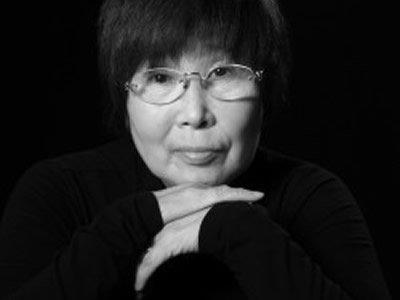
Syracuse Symposium continues its yearlong look at “Belonging” with a visit by a survivor of the 1945 atomic bombing of Hiroshima.
Keiko Ogura, who was eight years old when the bomb fell, will participate in a panel discussion titled “Warped by Time, Shaped by History: The Art and Architecture of ‘That Day Now”’ on Tuesday, Oct. 24, from 5:30-7:30 p.m. in the Slocum Hall Atrium and Marble Room.
On Saturday, Oct. 28, the Japanese native will co-headline an interdisciplinary symposium called “That Day in 1945: Effects of the Atomic Bombs on Post-World War II Japanese Culture” from 9 a.m. to 6 p.m. in Slocum Auditorium.
Both events are free and open to the public. For more information, visit the Syracuse University Humanities Center in the College of Arts and Sciences (A&S) at humcenter.syr.edu, or call 315-443-7192.
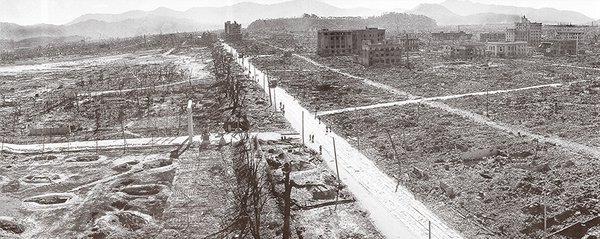
Ogura, 80, is an official storyteller for the Hiroshima Peace Culture Foundation (HPCF), as well as a tireless advocate for peace and nuclear nonproliferation. Her Syracuse visit coincides with “That Day Now: Shadows Cast by Hiroshima,” an exhibition at the Everson Museum of Art (401 Harrison St., Syracuse) on view until Sunday, Nov. 26.
A parallel exhibition, “That Day Now: Shadows Cast by Hiroshima-Slocum,” is on display in the Slocum Hall Marble Room through Saturday, Nov. 4.
During her visit, Ogura will participate in array of events, on and off campus. Click here for a complete list.
“We are honored to host Keiko Ogura, whose advocacy has gained an unexpected urgency in the past few months,” says Vivian May, director of the Humanities Center and professor of women’s and gender studies in A&S. “She will address issues of ‘Belonging’ as they relate to hibakusha [survivors of the Nagasaki and Hiroshima bombings]. Many of these people and their children have been victims of severe discrimination, due to public ignorance about the consequences of radiation sickness and trauma.”
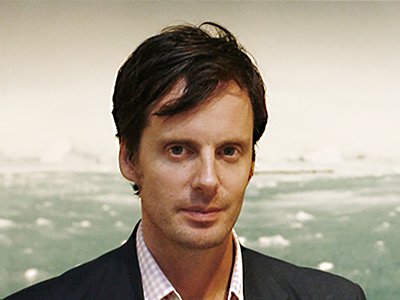
The panel discussion will feature a team of experts who archive, represent, question and disseminate memories. They include moderator Edward Morris, professor of practice of transmedia and co-director of the Canary Lab in the College of Visual and Performing Arts (VPA); Yutaka Sho, an associate professor in the School of Architecture; Linda Zhang, a 2017-18 Boghosian Fellow of Architecture; and Annette Behrens, a visiting visual artist from the Netherlands.
Ogura is among some 180,000 hibakusha alive today. That she is one of only a few English-speaking survivors gives her visit added significance.
“There is a big difference between what Ms. Ogura can say about Hiroshima and what we can say,” explains Morris, who, along with Sho, is organizing Ogura’s visit. “We are faced with a moment in time where firsthand witnesses of Hiroshima will soon be gone. How do we remember the event going forward?”
Morris says that, while it is easy to think about Hiroshima in terms of facts or figures, understanding the emotional toll is more difficult. “Information cannot convey what has happened and the unbelievable capacity of humans to hurt other humans,” he adds.
As part of the Oct. 24 panel discussion, Ogura will deliver opening remarks, likely touching on her memory of the bombing and the ensuing proliferation of nuclear weapons.
Ogura lived a mile and a half from the hypocenter of the blast, which killed more than 140,000 people on Aug. 6, 1945. Unbelievably, she and her family suffered only minor injuries.
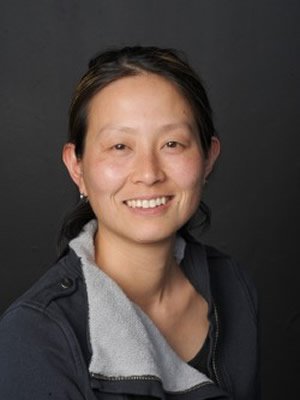
“She was supposed to be at school that day, but her father had a bad feeling and wouldn’t let her go,” says Sho, who first met Ogura at an SU Abroad seminar in Japan in 2016. “She was near her home when she saw the flash, and was blown away from the blast. When she came to, everything was completely different. Everything [including her home] was destroyed.”
Three days later, the United States dropped another atomic bomb—this time on Nagasaki, killing approximately 74,000 people. Japan promptly surrendered to the Allies, ending World War II.
Meanwhile, tens of thousands of Japanese died in the ensuing weeks and months from radiation sickness. Thousands more—from people who witnessed the bomb directly to those exposed to radiation in utero—have suffered untold discrimination at the hands of fellow Japanese.
“In 1945, many people thought exposure poisoning was contagious,” May says. “Today, the social stigma [related to exposure] persists. Survivors still are shunned in the home or workplace, and are not able to marry or hold down a job.”
Whereas most first- and second-generation hibakusha keep their trauma to themselves, Ogura is open about hers. No doubt her marriage to Kaoru Ogura, who directed the Hiroshima Peace Memorial Museum and served as HPCF’s secretary general before his death in 1979, deepened her interest in survivor testimonies.
“I do this because I do not want humankind to ever again experience the horror caused by nuclear weapons,” Ogura told the International Federation of Red Cross and Red Crescent Societies. “I know that retribution and hatred mean nothing under that mushroom cloud, and that the people of the world share the same fate.”
Such candor likely will be on display at the Oct. 28 symposium. The panelists include Daisaku Yamamoto, associate professor of geography and director of Asian studies at Colgate University; Rahna Reiko Rizzuto, author of the award-winning books “Hiroshima in the Morning” (Feminist Press, 2010) and “Why She Left Us” (Harper Perennial, 2000); Chad Diehl, assistant professor of history and coordinator of Asian studies at Loyola University Maryland; and Susan Napier, professor of international literary and cultural studies at Tufts University.
The Department of Languages, Literatures and Linguistics (LLL) in A&S and the Moynihan Institute of Global Affairs in the Maxwell School of Citizenship and Public Affairs will co-host the event.
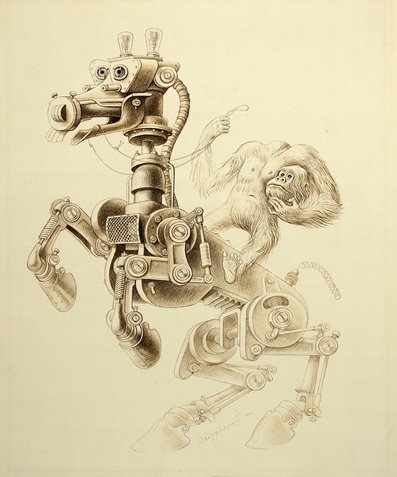
Ogura’s visit is co-sponsored by the Japan Foundation, the Everson Museum of Art, the Hiroshima Peace Memorial Museum, Hiroshima Fukuyama Technical High School, Hiroshima Motomachi High School, Clear Path for Veterans, the Syracuse City School District, Barclay Damon LLP and Gabriel M. Nugent.
Support also comes from Syracuse University: the School of Architecture; The Canary Lab (VPA); the East Asia Program in the Moynihan Institute (Maxwell); the Office of the Provost; SUArt Galleries; the Office of Veteran and Military Affairs; the School of Education (SOE); the Humanities Center (A&S); LLL; SU Abroad; the Center on Human Policy (SOE); the S.I. Newhouse School of Public Communications; Syracuse University Libraries; and the Disability Cultural Center.
Organized and presented by the Humanities Center, Syracuse Symposium is a public humanities series that revolves around an annual theme. Programs include lectures, workshops, performances, exhibits, films and readings. Located in the Tolley Humanities Building, the Humanities Center serves the campus community by cultivating diverse forms of scholarship, sponsoring a broad range of programming and partnerships and addressing enduring questions and pressing social issues.
